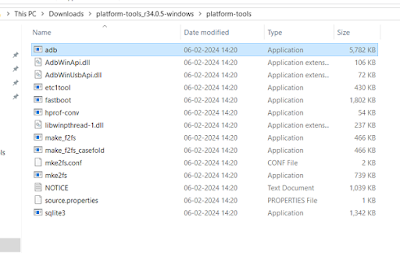Generate Log Report
Generate a log report
What is a log report?

A log report, often simply referred to as a log, is a chronological record of events or activities that occur within a system, application, device, or network. These records typically include details such as the date and time of each event, the source of the event, a description of the event, and sometimes additional contextual information.
Log reports are commonly used for various purposes, including troubleshooting, auditing, security analysis, performance monitoring, and compliance. They help administrators and analysts understand what happened within a system or network, identify anomalies or security breaches, track user activity, and maintain accountability.
Log reports can come in different formats, such as text files, database entries, or structured logs, and they can be generated automatically by systems or applications or manually by users. Analyzing log reports often involves using specialized tools or software to search, filter, and correlate log entries to extract meaningful insights or detect patterns.
Logs are incredibly useful for several reasons:-
Troubleshooting: When something goes wrong in a system or application, logs can provide valuable insights into what happened leading up to the issue. By examining the sequence of events recorded in the logs, administrators can pinpoint the root cause of problems and take appropriate corrective actions.
Security: Logs are essential for detecting and investigating security incidents. They can record unauthorized access attempts, suspicious activities, and other security-related events, helping security teams identify potential threats and vulnerabilities.
Auditing and Compliance: Many industries and organizations have regulatory requirements or internal policies that mandate the collection and retention of logs. Log reports provide a detailed record of system activity, which can be audited to ensure compliance with regulations and industry standards.
Performance Monitoring: Logs can be used to monitor the performance of systems, applications, and networks. By tracking metrics such as response times, resource utilization, and error rates recorded in logs, administrators can identify performance bottlenecks and optimize system performance.
Forensics: In the event of a security breach or other incident, logs can serve as valuable forensic evidence. They can help reconstruct the sequence of events leading up to the incident, identify the actions taken by attackers, and assess the extent of the damage.
Capacity Planning: Logs can provide insights into resource usage trends over time, helping organizations plan for future capacity needs. By analyzing historical log data, administrators can forecast demand and allocate resources more effectively.
Overall, logs are essential for maintaining the security, reliability, and performance of systems and networks, as well as for ensuring compliance with regulatory requirements. They provide a detailed record of system activity that can be invaluable for troubleshooting problems, investigating security incidents, and optimizing system performance.
To generate a log report in Genymotion, which is an Android emulator, you can follow these steps:
Step1:- Launch the Genymotion application on your computer.
Step2:- Start the virtual device/emulator on which you want to generate the log report. Make sure the emulator is running and Android is fully booted.
Step3:- Click on the Settings app in the emulator > Navigate to "System" or "About Phone" (depending on the Android version and emulator skin) > Tap on the "Build number" entry 7 times. This action will enable Developer Options.

Step4:- Go back to the main settings menu > Find and tap on "Developer options" > Enable the "USB debugging" option > Confirm any prompts that may appear.

Step5:- Connect your Android emulator device to your computer via brigde connection.
Step6:- On your computer,install platform tools or adb individually.

Step7:- Open the "platform-tools" folder > Navigate to the directory where adb is located, copy the path location and in the comand prompt use the following command : cd C:\Users\Devis\Downloads\platform-tools_r34.0.5-windows\platform-tools.
After that use the following command to view the logcat logs: adb logcat > logcat.txt.

The above command will continuously capture the logcat logs and save them into a file named logcat.txt in the directory where you ran the command. Allow some time for the logs to be captured. Perform the actions or reproduce the issues you're interested in capturing within the emulator.
Step8:- To stop capturing logs, press Ctrl + C in the terminal or command prompt window where you executed the adb command.



Comments
Post a Comment